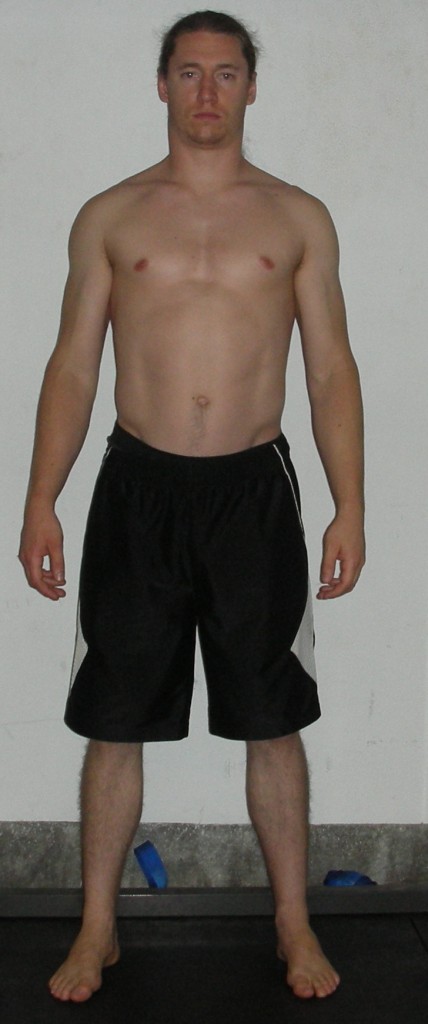A great question came in from AJ the other day regarding balancing and symmetry in the body.
“What is the most direct approach to creating a balanced body? by that I mean a body with symmetry, structural integrity, and the ability to produce equal amounts of force from opposing limbs.”
Great question and I have a question for you in response. What do you believe you’re going to gain by creating a balanced body with symmetry, structural integrity, and the ability to produce equal amounts of force from opposing limbs? Better gains? No injuries? What have you been led to believe?
The reason I ask this is because in my mind there are some false presuppositions that can be found in this question. In order to ask this it must be presupposed that symmetrical and balanced is BETTER.
But is it?
Here is the truth. The body will never be balanced and that is okay. While being too far off is a problem and can lead to injuries, the body is not completely symmetrical, nor will it ever be.

I don’t really focus on being symmetrical in my training, it just kind of happens. What do you think? Do I look symmetrical to you? (Note that the camera wasn’t even which may make it hard to tell.)
One eye tends to be better. The different hemispheres of the brain have different functions. One side is more flexible than the other as well. One side of the body will be stronger than the other.
This can depend on what exercise you’re looking at. Although my right side is stronger on most things, sometimes my left is better at certain exercises.
For instance in doing sledgehammer levers off of the ground my left hand is superior but doing the lever to the nose and back my right dominates. This is not surprising when you look at the fact that I do my best short bending in a right handed reverse style which mimics both of these levering movements at once. I’ve spent time in the past doing left sided bending but not recently at all and yet my bending is stronger than its ever been.
When it comes to coordination the differences are huge. Does a quarterback ever throw with his other hand? Unless you’re ambidextrous you only write with a single hand. Its funny that in strength training you may devote more time to bringing up your weak side, but you’re not going to stop writing with one hand to bring up to lack of coordination in another.
This must be considered as you seek out a “balanced” body. Since it will never be equal should you even strive for that?
That all being said, seeking structural integrity and balance isn’t all that bad. If certain things get too far out of balance than that correlates with future potential for injury. For this reason alone some degree of balance is a good thing.
Handling this is actually fairly easy. When it comes to training be sure to both sides of your body somewhat equally. You can match them in reps or sets, or spend more time on your weaker side if you choose.
This is most important in the big movement patterns of the body utilizing the bigger joints and muscle groups. If one of your legs can squat twice what the other can that will probably lead to some issues if you do any athletic activity. Pressing and pulling in the upper body is almost as important. But as you go smaller and more specific it becomes less important.
As the skill level goes up generally what is done on both sides goes down. No gymnast is going to do round-offs to the same each side.
As long as overtime you generally work towards balance and cover up your weak gaps you’re going to be fine. And if you choose to move forward with each side equally, in that they both progress forward, but this is done independently of what the other side is capable of you’ll probably do fine as well.
